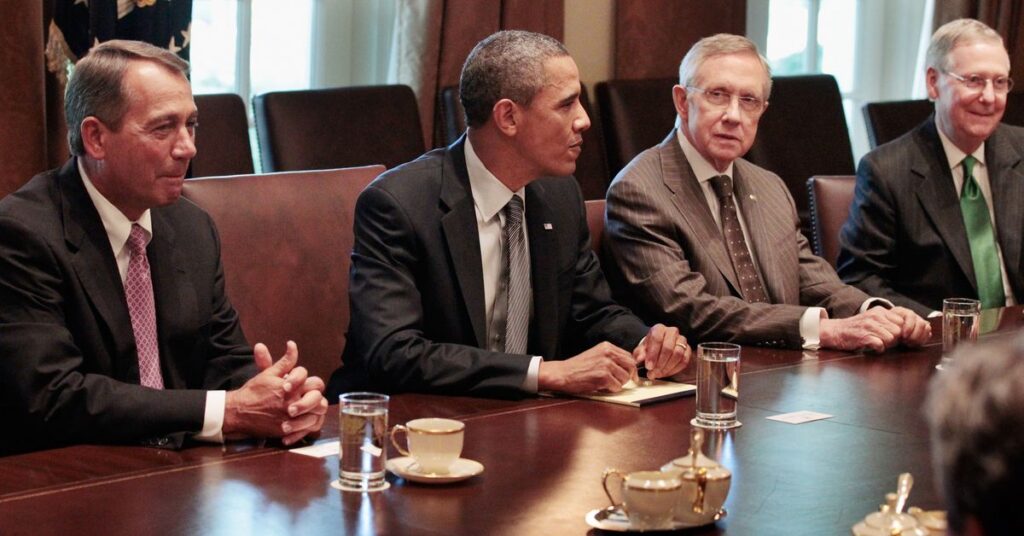If the 2023 debt ceiling standoff feels familiar, that’s because it is.
More than a decade ago — in 2011 — Congress was in a very similar position after Republicans retook the House, and Democrats held the White House and the Senate. Then, as now, the GOP was balking on an increase to the debt ceiling unless they got the spending cuts they demanded.
This week, House Republicans passed their debt ceiling legislation, setting the stage for what could be another tense showdown with calamitous implications for the country’s economy. As of late January, the US had already “hit” its debt ceiling, or the amount it’s able to borrow, and the Treasury Department is employing what’s known as “extraordinary measures” to cover the country’s bills. Those efforts are expected to take the US through early June, when it could risk an actual default on its debt. Should the US default, that would have disastrous economic fallout including higher interest rates, millions of job losses, and a major hit to the country’s GDP.
In 2011, Republicans’ unwillingness to back down on spending cuts almost led the US to intentionally go over the brink for the first time, a near miss that contributed to the country’s credit rating getting downgraded by Standard & Poor’s. Back then, markets plummeted, and the country’s borrowing costs went up by $1.3 billion. That same scenario could play out once again, potentially in an even more chaotic fashion.
“There is considerable deja vu,” said David Kamin, an economic adviser for the Obama administration who played a key role in 2011 talks.
Broadly, that standoff revealed that going up to the deadline — even if the US didn’t default — could have serious consequences for the economy. Additionally, it had major contradictory lessons for Republicans and Democrats that could inform how they approach the issue this time around and lead them to view the risks differently.
“Obama learned the lesson: Don’t…
Read the full article here





